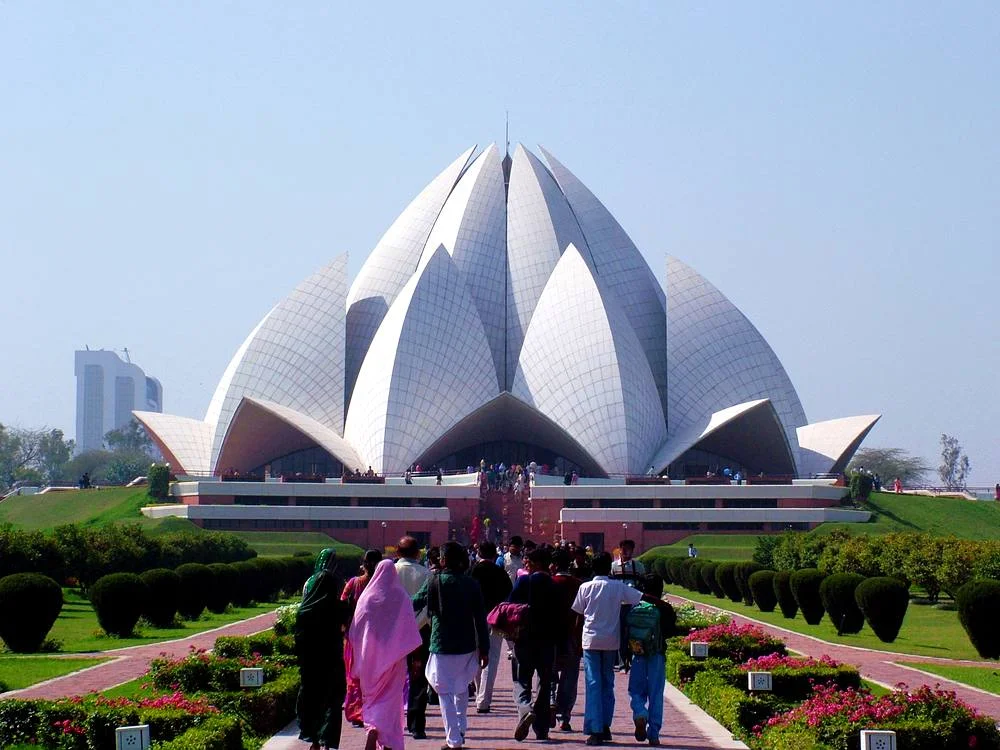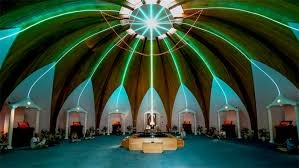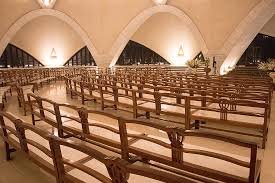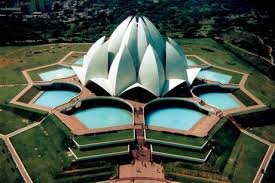
Visit Lotus Temple Delhi – A Complete Guide
The Lotus Temple Delhi is one of the most iconic landmarks in India, attracting millions of visitors from across the globe. Known for its stunning lotus-shaped architecture, peaceful environment, and spiritual essence, it is a must-visit spot for travelers exploring the capital city. Whether you are a history lover, architecture enthusiast, or someone seeking tranquility, the Lotus Temple Delhi promises a memorable experience.
In this blog, we will explore the history, architecture, significance, visiting tips, and interesting facts about the Lotus Temple Delhi while ensuring it is SEO-friendly for travelers looking for authentic information.
History of Lotus Temple Delhi
The Lotus Temple Delhi was completed in 1986 and is a Bahá’í House of Worship. Designed by Iranian architect Fariborz Sahba, the temple symbolizes purity, peace, and unity. The Bahá’í faith emphasizes the oneness of all religions and humanity, making the Lotus Temple Delhi open to people of all backgrounds, beliefs, and nationalities.
The design was inspired by the lotus flower, a symbol deeply rooted in Indian culture and spirituality. The temple quickly became a popular tourist attraction and an architectural marvel recognized worldwide.
Architecture of Lotus Temple Delhi
The Lotus Temple Delhi is made of pure white marble sourced from Greece. Its design resembles a blooming lotus with 27 free-standing marble-clad petals arranged in clusters of three to form nine sides. The temple has nine doors that lead into a central prayer hall that can accommodate over 2,500 people at a time.
Unlike many traditional religious structures, the Lotus Temple Delhi has no statues, idols, or altars. The space is kept simple to encourage meditation, reflection, and silent prayer. The symmetry, lighting, and serene surroundings add to the temple’s charm, making it a photographer’s paradise.
Spiritual Significance of Lotus Temple Delhi
This not just a place of architectural beauty—it is also a center for peace and harmony. As a Bahá’í House of Worship, it is dedicated to the unity of humankind. Visitors are encouraged to sit in silence, meditate, or pray according to their faith.
The absence of rituals, sermons, and clergy makes the Lotus Temple Delhi unique. People of any religion can visit, pray, or simply enjoy the calm environment. The temple is also known for hosting devotional gatherings that include readings from different holy books and musical prayers.
Lotus Temple Delhi Timings and Entry Fee
-
- Timings:
-
- Summer: 9:00 AM to 7:00 PM
-
- Winter: 9:00 AM to 5:30 PM
-
- Timings:
-
- Closed: Every Monday
-
- Entry Fee: Free for all visitors
The welcomes everyone without any entry fee, making it an accessible destination for tourists and locals alike.
How to Reach Lotus Temple Delhi
The Lotus Temple Delhi is located in the Kalkaji area, easily accessible by various modes of transport:
-
- By Metro: Nearest station is Kalkaji Mandir Metro Station (Violet Line).
-
- By Bus: Several DTC buses stop near Nehru Place, from where the temple is a short walk.
-
- By Car/Taxi: Easily reachable via well-connected roads.
Things to Do Near
you can also explore nearby attractions:
-
- Kalkaji Mandir – A famous Hindu temple dedicated to Goddess Kali.
-
- ISKCON Temple – A spiritual hub for followers of Lord Krishna.
-
- Nehru Place Market – Known for electronics, gadgets, and street food.
-
- Okhla Bird Sanctuary – Perfect for nature and bird lovers.
Tips for Visiting Lotus Temple Delhi
-
- Maintain silence inside the prayer hall.
-
- Photography is allowed only in the outer areas, not inside the hall.
-
- Wear modest and comfortable clothing.
-
- Visit early to avoid crowds.
-
- Respect the sanctity of the place regardless of your religion.
Interesting Facts about Lotus Temple Delhi
-
- The Lotus Temple Delhi has won numerous architectural awards.
-
- It is one of the most visited buildings in the world, with over 10 million visitors annually.
-
- The lotus design represents purity, love, and peace.
-
- It is powered partly by solar energy, promoting sustainability.
Visitor Experience
When you arrive to visit Lotus Temple Delhi, you will first walk through beautiful gardens and pathways. The greenery and well-maintained surroundings set the tone for the peaceful experience ahead. You will find volunteers guiding you about the rules and helping visitors maintain silence.
The prayer hall itself is massive yet minimalistic. It has no pictures, idols, or religious symbols, which gives it a universal feel. People sit in quiet contemplation, and you can stay as long as you want. Many visitors find it a perfect place for meditation or simply relaxing the mind.
Cultural Importance of Lotus Temple Delhi
If you visit Lotus Temple Delhi, you’ll notice how it represents India’s cultural inclusivity. The lotus design resonates with Indian heritage, while the Bahá’í teachings emphasize unity, equality, and peace. This combination of modern architecture with timeless values makes the temple stand out.
The Bahá’í faith believes in worship without rituals and without division between religions. That’s why when you visit Lotus Temple Delhi, you might hear readings from the Bible, Quran, Bhagavad Gita, and other holy books — all in the same gathering.
Nearby Food & Shopping Options
When you visit Lotus Temple Delhi, you’ll find plenty of food and shopping options nearby:
-
Nehru Place Market – Street food stalls selling momos, chole bhature, and parathas.
-
Greater Kailash M Block Market – Cafes and fine dining for a relaxing meal.
-
Local Sweet Shops – Try jalebi, gulab jamun, and other Indian sweets.
These places make your trip to Lotus Temple Delhi a blend of spirituality, photography, and local Delhi culture.
Suggested Itinerary
Here’s a sample itinerary if you plan to visit Lotus Temple Delhi along with nearby attractions:
-
9:00 AM – Start your day with a visit to Lotus Temple Delhi.
-
10:30 AM – Walk to Kalkaji Mandir for a quick spiritual stop.
-
11:30 AM – Explore ISKCON Temple nearby.
-
1:00 PM – Lunch at Nehru Place Market.
-
2:30 PM – If time permits, visit Humayun’s Tomb or India Gate.
Safety and Accessibility at Lotus Temple Delhi
The Lotus Temple Delhi is safe for all types of travelers — solo, family, or group. There are security checks at the entrance, and volunteers help maintain the peaceful environment. The temple also has wheelchair access, making it friendly for senior citizens and people with disabilities.
Environmental Efforts by Lotus Temple Delhi
One more reason to visit Lotus Temple Delhi is its eco-friendly design. The temple uses solar energy to meet a significant portion of its electricity needs. Its gardens are maintained using sustainable practices, making it an example of how tourism and environmental care can go hand in hand.
Quick Facts for Visitors
-
Name: Lotus Temple Delhi
-
Religion: Bahá’í Faith
-
Year of Completion: 1986
-
Architect: Fariborz Sahba
-
Material: White marble from Greece
-
Visitor Count: Over 10 million annually
-
Entry Fee: Free
-
Timings: 9:00 AM – 5:30 PM (Winter), 9:00 AM – 7:00 PM (


